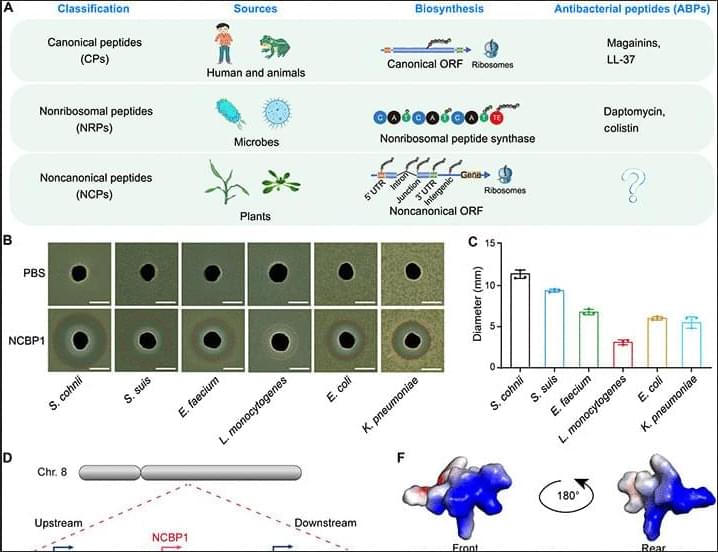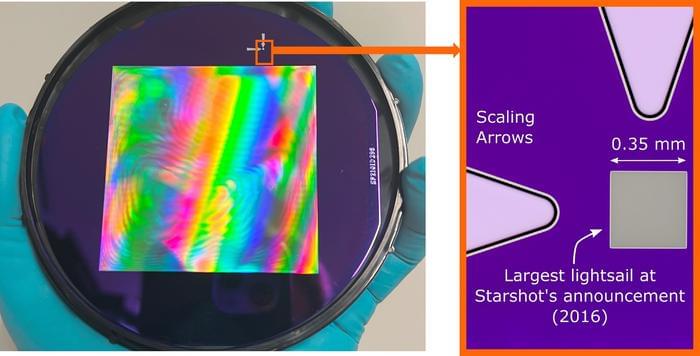University of Queensland scientists have cracked a long-standing puzzle in nuclear physics, showing that nuclear polarization, once thought to hinder experiments with muonic atoms, has a much smaller effect than expected.
This surprising result clears a major obstacle and paves the way for a new era of atomic research, offering deeper insights into the mysterious inner workings of atomic nuclei using exotic, muon-based atoms.
Breakthrough in Muonic Atom Research.






